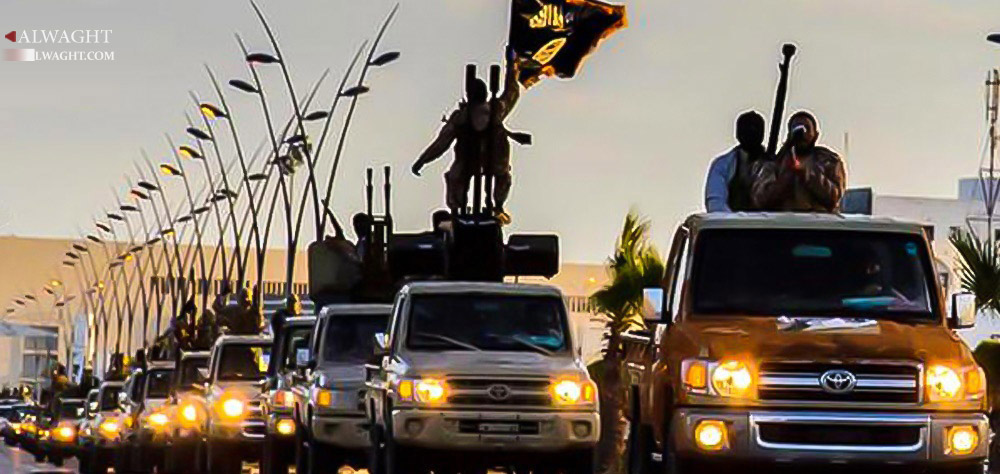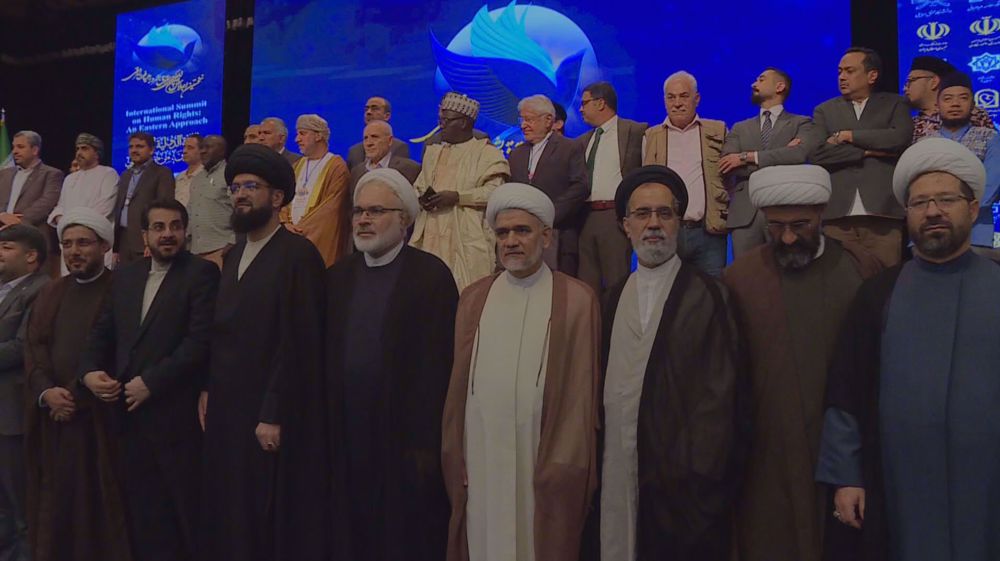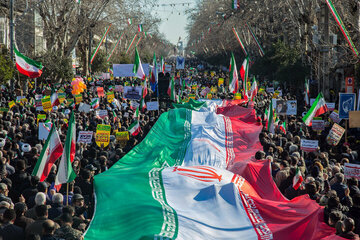Alwaght- Upon arrival of this year, the speculations and debates about the future of the ISIS terrorist group in the West Asia region, and particularly in its strongholds in Syria and Iraq, became more heated. Now that operations to retake Iraq’s Mosul and Syria’s Raqqa are approaching their final stages, the whole parties engaged in the battle are underscoring the fact that the terrorist group is drawing its last breath in the two crisis-hit countries.
Launching two major anti-ISIS assaults, one ordered on October 17 last year by Iraqi Prime Minister Haider al-Abadi to recapture the northern city of Mosul and the other started on December 5 last year by the US-backed Syria Democratic Forces (SDF) to retake Raqqa which is the so-called capital of the self-proclaimed ISIS caliphate, pinpoint the fact that in near future ISIS will see its obliteration in Syria and Iraq.
This, however, gives rise to some questions: will eradicating the so-called caliphate, led by Abu Bakr al-Baghdadi, mean end of ISIS in the region? Under what labels will it resurface once it continues life in both Syria and Iraq after losing its now-held territories?
The widely obvious and agreed-upon point is that taking back territories from the terrorist group by the national Iraqi and Syrian forces by no means represents a full destruction of ISIS, and that its militants will reorganize and exist in a new face.
The three scenarios for ISIS future existence
1. Survival under guerrilla groups
The first expected scenario is survival of ISIS caliphate of ISIS terrorists in smaller guerrilla factions. At the end of the war to reclaim the ISIS-held areas across Iraq and Syria, certainly a large number of the terrorists will survive, with a lot of guns at their disposal. In this case, the most preferred option for them is launching their erosive guerrilla offensives against the central governments of the two nations, especially that they own both the necessary weapons as well as the battlefield experience to take action. They will possibly take cue from Afghanistan's Taliban and the anti-Turkish PKK.
However, perhaps it is so easy for ISIS to survive under guerrilla groups when it comes to holding its own military potentials, fighters, and the power to organize, but the issue should not be disregarded that a majority of ISIS-held areas of Syria and Iraq are deserts. This bars ISIS from effectively flexing its muscles to the Syrian and Iraqi governments as a guerrilla force. To put it differently, if the remaining ISIS militants cannot reach the mountainous and impassable areas, which are necessary for a guerrilla force to hide in and operate from, they will fail to begin their guerrilla fight. For instance, the PKK, an anti-Ankara Kurdish militant force, continues to live on to date because after launching its armed conflict against Turkey since 1983 it managed to seize control of the Qandil and Ararat mountains on the Turkish borders. Even heaviest Turkish army’s military campaigns have failed to destroy the militant group. With all these details in mind, it seems that this scenario is less likely to take place.
2. Survival under underground teams for suicide attacks
Still another scenario predicts ISIS survival with aims to carry out suicide operations. The fact must be bought that since mid-2013 the terrorist group has managed to instill “Daeshism” (Daesh is Arabic acronym for ISIS) in the mind of its militants effectively using its propaganda apparatus and special training techniques. This means that even if ISIS is obliterated on the ground in the two countries, Daeshist ideology will remain living among part of Syrians and Iraqis.
The terrorist group has been holding Syrian and Iraqi cities since early 2014. Should the cities be taken back by the national forces from ISIS, it will definitely set up its secret circles. For example, even if Mosul is recaptured by the advancing Iraqi forces, thousands of Daeshists will stay in the city, with commitment to their ideology that will lead them to see suicide assaults as acts of jihad and martyrdom.
Therefore, the likeliest point is that ISIS will survive in Syria and Iraq, not in its today’s organized form but in form of small cells in different Syrian and Iraqi cities, and even in other West Asian countries. They will possibly expand the range of their suicide attacks for more terror operations, and even heavier waves of insecurity may strike these countries. This is clear from now as during the last months, ISIS launched suicide bomb attacks across Iraq, particularly in the capital city of Baghdad, as it has lost ground to the Iraqi forces. This type of ISIS survival might not be limited to West Asia; certainly it will activate its cells in the European countries.
3. Survival through caliphate transfer to other countries
As another scenario, ISIS may seek transporting its rule to other potential Muslim countries once it sustains defeat in Syria and Iraq. Next potential hosting countries, after Syria and Iraq, could be Libya and Afghanistan. In this case ISIS rule does not qualify to be labeled caliphate, however, it can keep the “Islamic state” title. This scenario is likely to a large extent. Actually, ISIS can tighten its rule on a restricted part of some Muslim countries. But this restriction does not mean ISIS hands will be tied for activity. Daeshism is now deep-rooted enough in West Asia and North Africa that will remain alive for next several decades.
So any idea about end of ISIS will only mean removing it organizationally, because as long as there exist the Sunni countries in the world, where there are minds prone to ISIS ideology, Daeshism will continue living under different forms.



























